What Is the First Electric Airplane in the World?
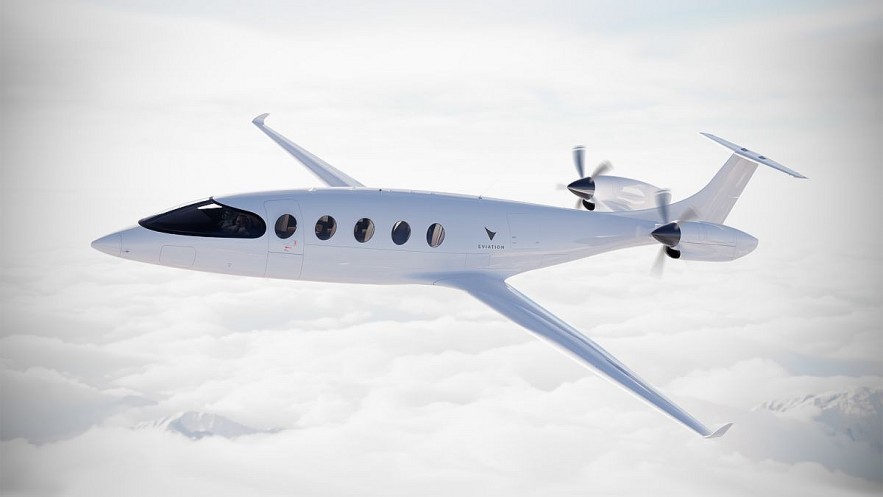 |
| What Is The First Electric Commuter Airplane? Photo CNN |
| Contents |
Are you wondering what an electric airplane is? Electric planes, like electric cars, rely on battery-generated electricity for power, rather than standard liquid jet fuel.
What is the first electric commuter airplane?
It is Alice.
The Alice is a test aircraft for a future passenger plane that will have a maximum weight of 2,500 pounds, or nine passengers plus their bags (just make sure you don't bring any bricks). It is propelled by two MagniX engines, which the company recently received $74 million from NASA to continue developing, along with a sizable battery system from AVL. It can fly at up to 260 knots at its maximum speed.
What is its capacity?
It boasted a range of up to 600 miles (965 km) and a capacity of up to nine passengers, making it viable for some short-haul regional airlines.
Testing Time
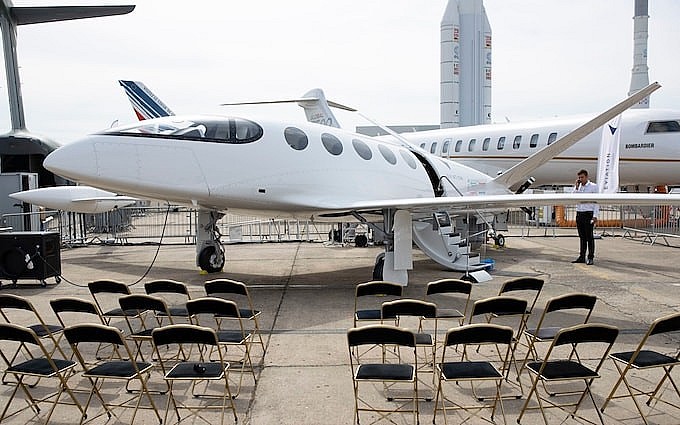 |
| Photo Telegraph |
During the eight-minute test flight, it departed from a central Washington airport, rose to a height of 3,500 feet, and then returned to earth. That should be sufficient to demonstrate the aircraft's capability, but there is still a long way to go before passenger flights are fully operational.
"Eviation received priceless data from today's inaugural flight to help refine the aircraft even further for commercial manufacture. Gregory Davis, the CEO and president of Eviation, told TechCrunch, "We will examine the flight data to determine how the aircraft's performance matched our models."
This was much more than just a lavish press conference to unveil their brand-new aircraft; it was a crucial confirmation of what had only ever existed in theory as an aircraft before it took off from the tarmac. More test flights will come after this one as they investigate the capabilities of the aircraft and how it operates in various scenarios.
How Does It Work?
The aircraft is much slower than those with conventional engines because it runs on battery technology. The Alice's maximum cruise speed is limited to 250 nautical miles, whereas the typical commercial airline can reach speeds of between 550 and 600 miles per hour (Flying Mag). But according to an Eviation representative speaking to Entrepreneur, "150-250 nautical miles is sufficient for most trips today," and they are working on making their batteries better.
| Since its founding in 2015, Eviation has been advancing the Alice. Although Eviation cautions that plan is subject to change, the company hopes to use the data collected during Tuesday's flight to review next steps and deliver aircraft to customers by 2027. |
Alice’s Design
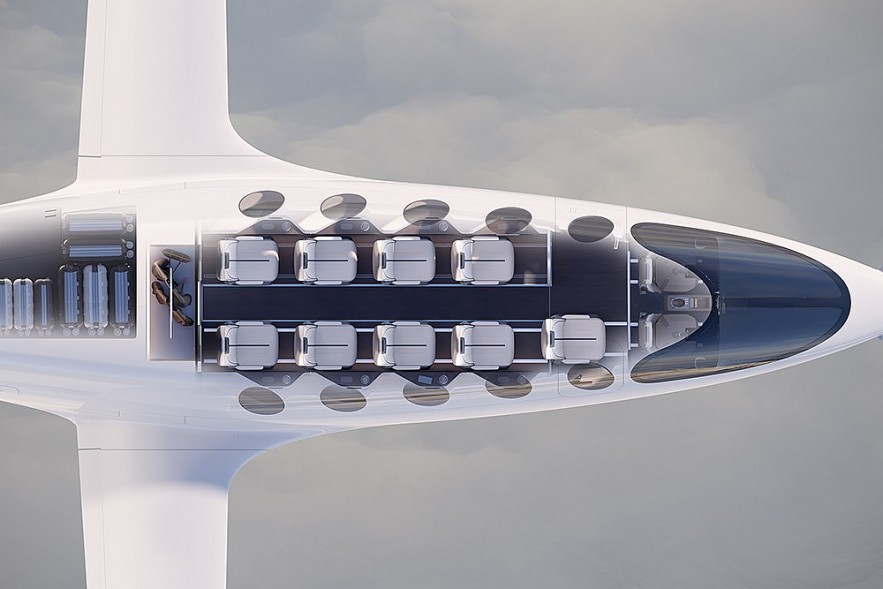 |
| Photo Bloomberg |
There are three different Alice prototypes currently in development: a "commuter" version, an executive version, and a cargo-specific version. In addition to 850 pounds of cargo, the commuter configuration can accommodate two pilots and nine passengers. For a more roomy journey, the executive version features six passenger seats, while the cargo version can accommodate 450 cubic feet of cargo.
What is Alice’s strength?
"The advantage of the Alice is that the aircraft and propulsion are future proof - they are ready to utilize the best that batteries will have to offer as time progresses," according to a spokesperson for Eviation. "Eviation's customers have been briefed on and are aligned with the 250 nm VFR range."
While it has limitations, Alice's first flight is a significant step forward for environmentally friendly travel.
"This is history," Gregory Davis, President and CEO of Eviation Aircraft, told CNN Business."We haven't seen a change in aircraft propulsion technology since we switched from piston engines to turbine engines." The last time an entirely new technology like this came together was in the 1950s."
When will it be unveiled?
The aircraft is set to be officially unveiled and certified in the second half of 2023, but Eviation Aircraft has already received numerous orders. Deutsche Post ordered 12 Eviation Alice for DHL in August 2021. Despite the fact that Cape Air's entire fleet currently consists of 108 aircraft, the regional company Cape Air immediately ordered 75 Alice (!) in April 2022. GlobalX Airlines, which currently has only 7 aircraft, ordered 50 Eviation Alice for delivery in 2027 in September 2022. So, at least for short distances, electric planes are on the way.
The company plans to work on an FAA-certified aircraft through 2025, then conduct flight testing for a year or two before delivering Alices to customers. Eviation's current goal is to have the Alice in service by 2027.
First Electric Airplane for Pilot Training
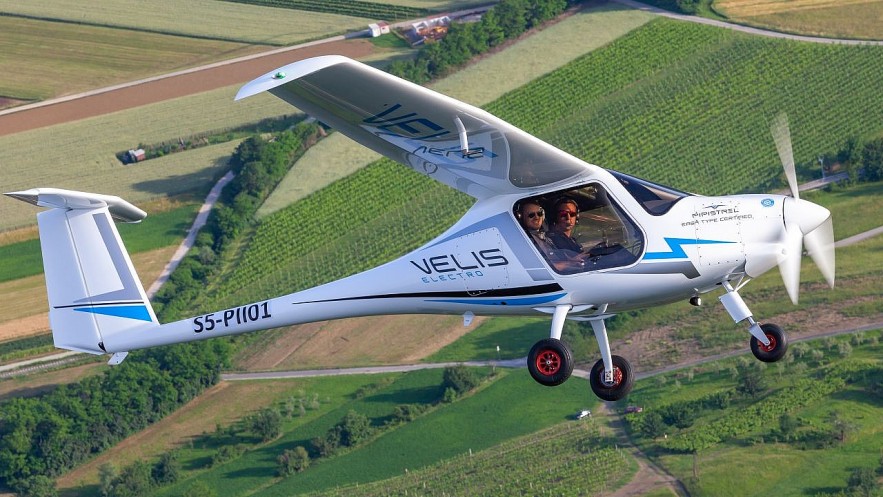 |
| Photo CNN |
As a more environmentally friendly choice for aspiring pilots, the Velis Electro—the only fully certified electric aircraft in the world by the EU and the UK—is gaining popularity.
The Velis Electro is a two-seater light aircraft that Pipistrel manufactures in Slovenia specifically for flight schools. The single-engine aircraft has a maximum speed of 98 knots (113 mph) and can reach altitudes of up to 12,000 feet. With two batteries that can take up to two hours to fully recharge, it can fly for about fifty minutes (plus reserve) between charges.
At €175,000 ($175,500), Pipistrel claims to have sold about 100 of its electric aircraft since its 2020 launch.
There is growing interest in the segment due to rising gas prices and increased scrutiny of the carbon footprint of air travel. Three Velis Electros are part of the training program for private and commercial pilot licenses offered by the Green Flight Academy in northern Sweden. The academy promotes the use of sustainably powered aircraft wherever feasible.
Large aircraft have not yet been weaned off fossil fuels, and zero-carbon long-haul and cargo flight is still a ways off, even though student pilots are now having the chance to fly environmentally friendly. Tomažič, though, is optimistic that this won't always be the case.
Why electric aviation is taking off now
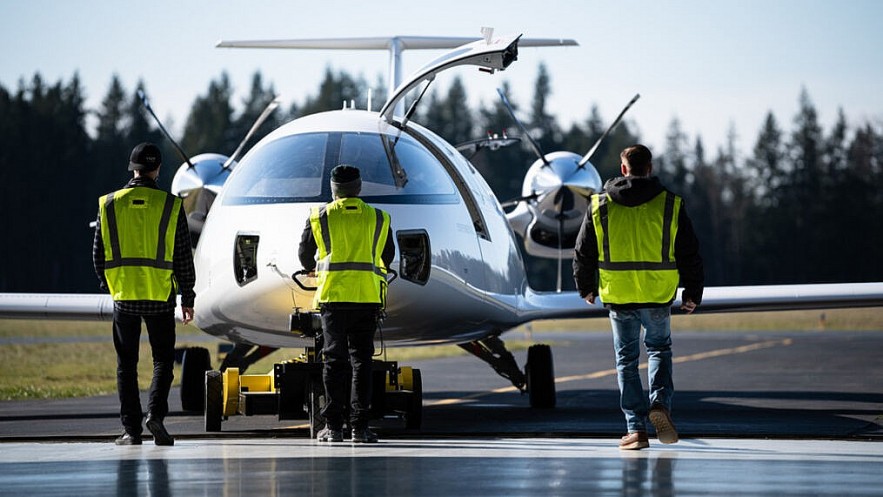 |
| Photo NBC24 |
Approximately one billion tons of CO2 equivalent to 3 percent of global carbon dioxide emissions are released into the atmosphere each year by the aviation industry. By 2050, the amount of carbon from airplanes is expected to triple if current rapid growth continues unchecked.
This puts the industry at odds with the United Nations' 2050 deadline for net-zero carbon emissions. The majority of significant international airlines made a commitment to achieving that goal in October, but the limitations of the aircraft technology that is currently dependent on fossil fuels make it difficult to achieve the decarbonization goals.
Electric battery power is "going to give an avenue for addressing emissions, at least for a significant portion of aviation," according to Venkat Viswanathan, a mechanical engineering professor at Carnegie Mellon University and expert in aviation batteries. He does, however, add a disclaimer, saying that "I think there has to be many other pieces—many other competing technologies—that have to be considered for the full arc of the future of aviation." This will not be enough to solve the carbon crisis on its own.
The transition of aviation to clean energy is happening at the same time as other transportation sectors. Engler says of Wright, "We see the same trends in aerospace that have already happened in the automotive world and that are happening in the maritime world."
Governments are simultaneously putting more and more policies in place to bring aviation into a more environmentally friendly era. Leading the way is Scandinavia, where all domestic flights will be fuel-free by 2030 in Denmark and Sweden and by 2040 in Norway. Meanwhile, some domestic short-haul flights have recently been banned in France and Austria.
The Biden administration in the US is likewise working to reduce emissions, with a focus on the clean energy transportation industry. However, proponents of climate change like Greenpeace's Charlie Cray assert that American policies "are only just starting down the runway." According to Cray, the administration "needs to prioritize the introduction and adoption of electric engine technologies for shorter passenger routes and cargo aircraft," saying that it has placed too much emphasis on environmentally friendly aviation fuels.
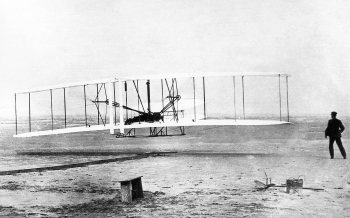 What is the First Plane in The World? What is the First Plane in The World? When you think of the first airplane, who do you think about? What is the oldest plane in the world? |
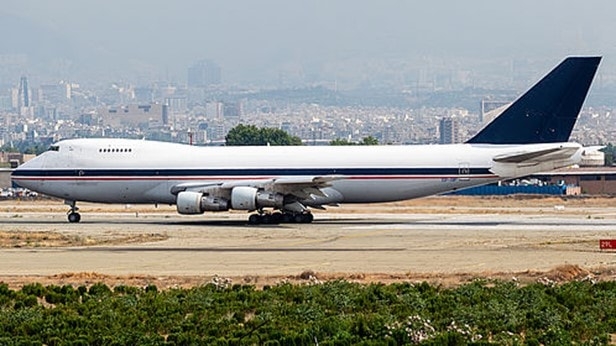 Top 8 World’s Oldest Airplanes Still In Operation Top 8 World’s Oldest Airplanes Still In Operation These planes, some over 100 years old, fly as testaments to their artistry and engineering. Check out top 8 oldest airplanes still flying in the ... |
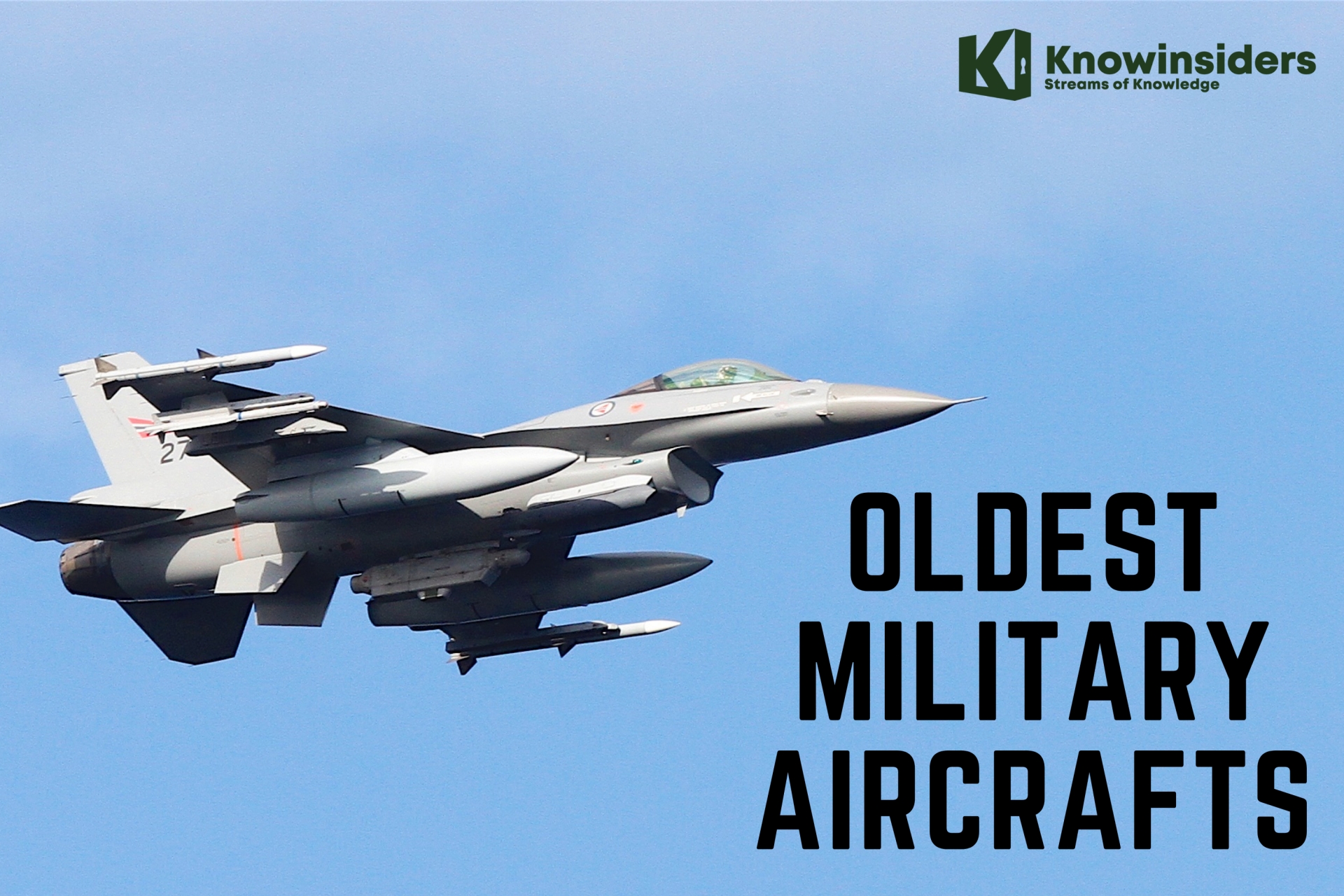 Top 10 Oldest Military Aircrafts In Service Top 10 Oldest Military Aircrafts In Service Check out a list of 10 oldest military aircrafts that have been in service for over half a century. |
























